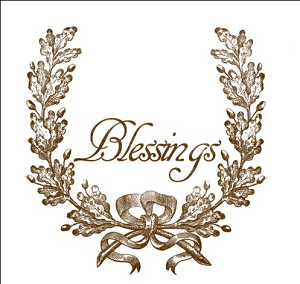Being a student of literature, you’ve probably come across the term “phraseologism”. In essence, phraseology itself is the study of fixed expressions or sets. This can include phrasal verbs, idioms and a number of other types of multi-word lexical units in which they play a part of expression. Following are a few reasons why you would want to use phraseologisms and idioms in your essays:
1. A Blessing in Disguise
We don’t often realize it, but phraseologisms can be blessings in disguise. In modern English, formation matters; you can use them in many forms to express what you are trying to say. At times, the reader does not understand what the writer is trying to express. Phraseologisms can help the reader understand better and help them visualize what the writer is trying to portray in their work.

2. A Dime A Dozen
Pharaseologisms can be used as means of alliteration. Instead of using long sentences, you can use short ones e.g. a sad sack, culture vulture, or fudge and nudge. Alliterations are common and easy, they are an easy way to reach out to your reader.
3. An Axe to Grind
You can use idioms to prove your point further. In arguments, to make your say, you can use idioms such as “You are a doubting Thomas!” or “Bite your Tongue”. Witty, and gets the point across!
4. Doozy
Phraseologisms may also be used to describe our everyday life. Let us think that the writer is trying to express feelings, how their character felt when they met someone for the first time. Instead of giving a long boring description, the writer can use the term “Butterflies in my stomach”. This can make life easier. If, for example, the writer is trying to describe a situation where one is reprimanded lightly, the writer can describe it as “A slap on the wrist”.
5. Take It up a Notch
Most of the time, writers want to do something creative, something unique, something that the reader would enjoy while reading. Sometimes writers change dip into different languages, not completely though. They may be writing in English but may use terms in another language to twist things around. Readers love twists and variety.